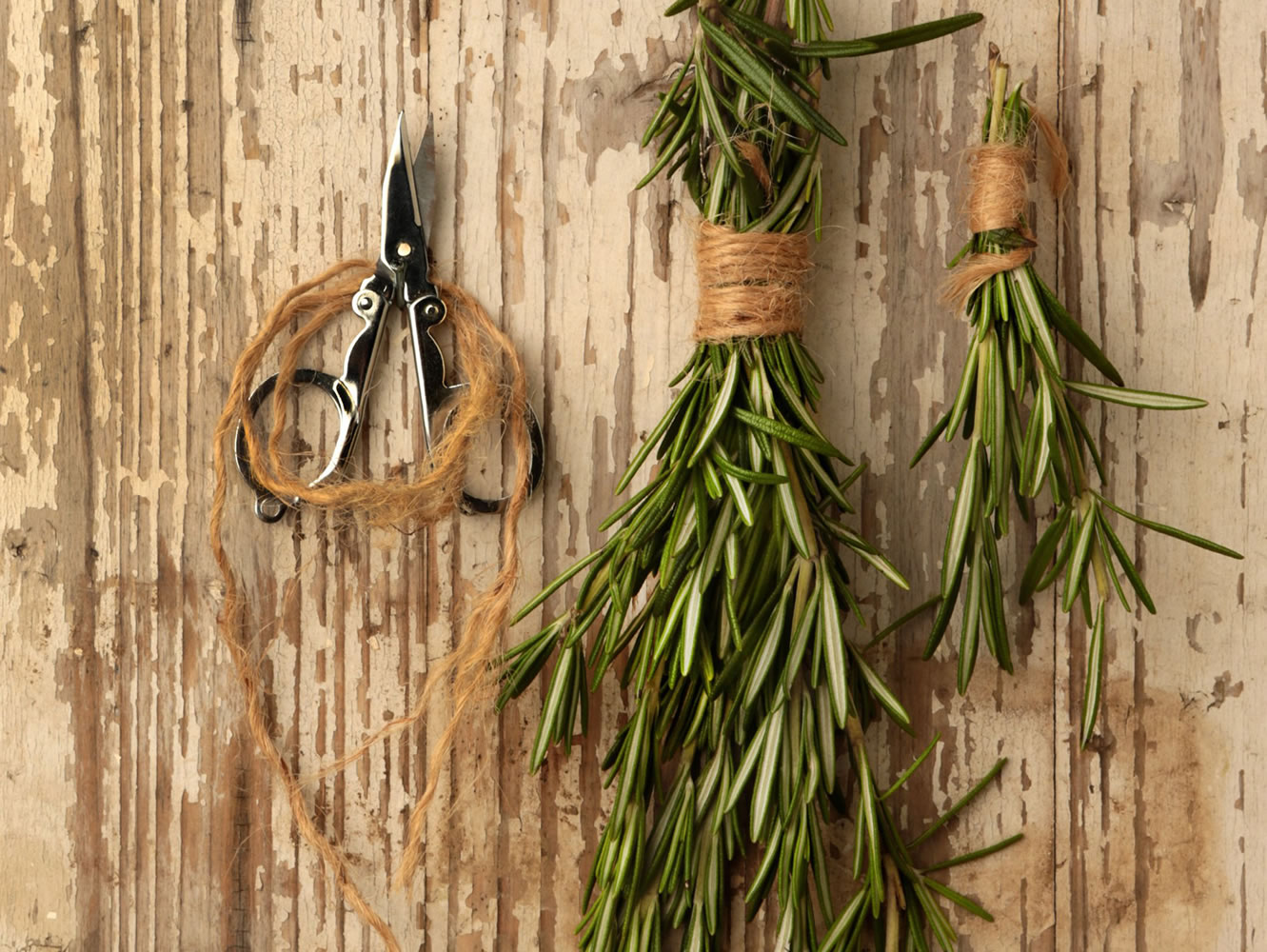Dijon-Rosemary Steak
Yield: 2 servings
3 tablespoons olive oil
1 tablespoon Dijon mustard
1 tablespoon chopped fresh rosemary
1 clove garlic, minced
¼ teaspoon salt
⅛ teaspoon black pepper
¼ teaspoon crushed red pepper, optional
2 (8-ounce) New York strip steaks
In a small bowl, combine oil, mustard, rosemary, garlic, salt, pepper and optional crushed red pepper, if using. Spread evenly over both steaks. Allow to sit for 1 hour outside of refrigerator.
Grill over direct heat or cook in skillet over medium-high heat until cooked to your preferred level of doneness.
Per serving: 429 calories; 29 g fat; 6 g saturated fat; 101 mg cholesterol; 38 g protein; 2 g carbohydrate; no sugar; no fiber; 551 mg sodium; 34 mg calcium.
Rosemary Potatoes
Yield: 4 servings
2 tablespoons butter
2 russet potatoes, cut into ½-inch cubes
1 medium onion, chopped into large pieces
2 cloves garlic, minced
4 ounces mushrooms, trimmed and sliced thick
2 teaspoons chopped rosemary
¾ teaspoon salt
⅛ teaspoon pepper, or to taste
Melt butter in a large skillet or pot over medium heat. Add potatoes, onion, garlic, mushrooms, rosemary, salt and pepper. Cover and cook, stirring frequently, until you can easily pierce the potatoes with a knife or fork, about 15 to 20 minutes.
Per serving: 217 calories; 6 g fat; 4 g saturated fat; 15 mg cholesterol; 5 g protein; 38 g carbohydrate; 3 g sugar; 3 g fiber; 449 mg sodium; 41 mg calcium.



